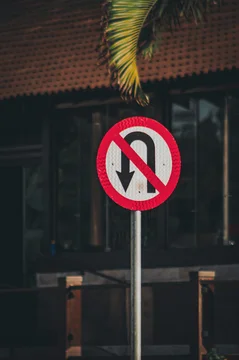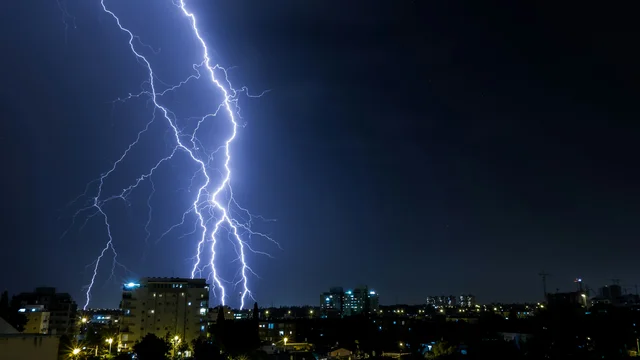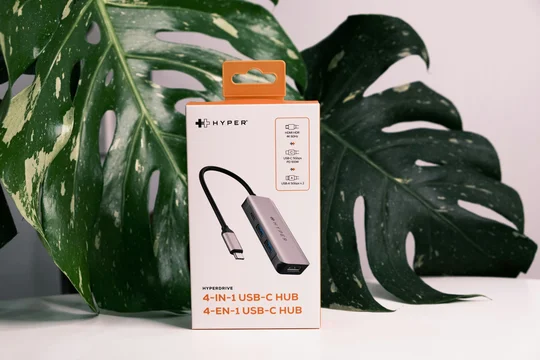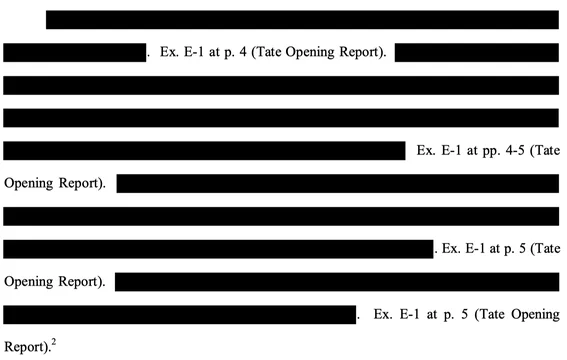
The Court seems to be trending towards holding that patent claims dropped during the claim narrowing process are gone for good.
Yesterday, in Nexus Pharmaceuticals, Inc. v. Exela Pharma Sciences, LLC, C.A. No. 22-1233-GBW (D. Del.), Judge Williams held that a patentee cannot re-assert claims that it dropped prior to trial:
[T]his Court . . . finds that the case narrowing process in the instant action was even-handed and fair since it required Nexus to narrow its asserted claims and required Exela to narrow its asserted defenses. The fact that Nexus was unsuccessful at trial should not allow Nexus to get a second bite at the apple by now asserting those claims that …








